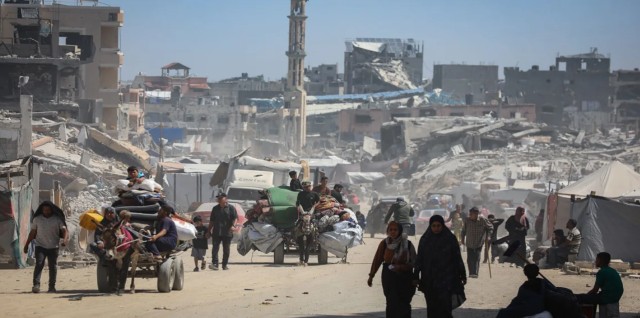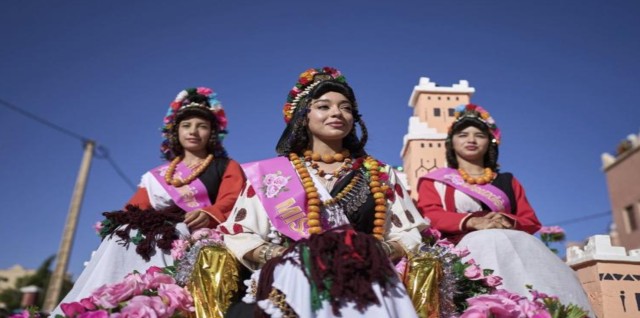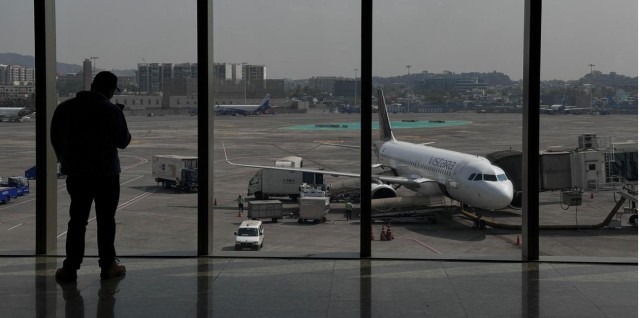
Thick smoke rises from Mount Lewotobi Laki Laki, visible from Klatanlo village in East Flores Regency, East Nusa Tenggara, Indonesia, on November 4, 2024. Getty Images
Indonesia’s National Disaster Management Agency reported that at least six people have died following a series of volcanic eruptions on the remote island of Flores. The deadly eruptions came from Mount Lewotobi Laki Laki, which started just after midnight on Monday. The volcano unleashed thick clouds of brownish ash, reaching up to 2,000 meters (6,500 feet) into the sky. Hot ash cascaded down onto a nearby village, igniting homes and a convent belonging to Catholic nuns, according to Firman Yosef, an official from the volcano's monitoring post.
Initial reports estimated nine fatalities, but the disaster agency later revised the number to six after receiving updated information from local authorities. However, officials are still working to gather more details about the full scale of the damage and potential additional casualties. Local media sources have indicated that more victims may still be trapped under the wreckage of collapsed buildings.
In response to the escalating volcanic activity, authorities have raised the alert level for Mount Lewotobi Laki Laki to the highest status and expanded the danger zone. The exclusion zone now extends to a 7-kilometer (4.3-mile) radius around the volcano, as eruptions have become increasingly frequent since last week.
A collapsed building is visible in Klatanlo village, located in East Flores Regency, East Nusa Tenggara, Indonesia. Getty Images
The ongoing eruptions have affected more than 10,000 residents in Wulanggitang District, particularly in the villages of Pululera, Nawokote, Hokeng Jaya, Klatanlo, Boru, and Boru Kedang. Additional damage has been reported in Ile Bura District, where the villages of Dulipali, Nobo, Nurabelen, and Riang Rita have been impacted. Titehena District has also experienced destruction in the villages of Konga, Kobasoma, Bokang Wolomatang, and Watowara.
Volcanic material has been hurled as far as 6 kilometers (3.7 miles) from the volcano’s crater, covering nearby villages in a thick layer of ash and debris. Residents in these areas have been forced to evacuate, as their homes and communities are blanketed by tons of volcanic material.
Rescue operations are underway, with teams searching for survivors amidst the devastation. In the village of Hokeng, tragedy struck when a nun was killed by the falling volcanic ash, and another remains missing. Agusta Palma, head of the Saint Gabriel Foundation that oversees the convents in the predominantly Catholic region, described the chaotic scene. "Our nuns ran out in panic under a rain of volcanic ash in the darkness," Palma said.
Rescue team members search for victims in Klatanlo village. Getty Images
Images and videos shared on social media show the widespread destruction, with homes submerged in volcanic debris up to their rooftops in villages like Hokeng. Several houses were also set ablaze by the hot volcanic material.
This disaster comes just two weeks after Indonesia experienced another volcanic eruption. Mount Marapi, located in West Sumatra province and one of the country’s most active volcanoes, erupted on October 27. It released thick columns of ash and blanketed nearby villages with debris. Fortunately, no casualties were reported in that eruption.















